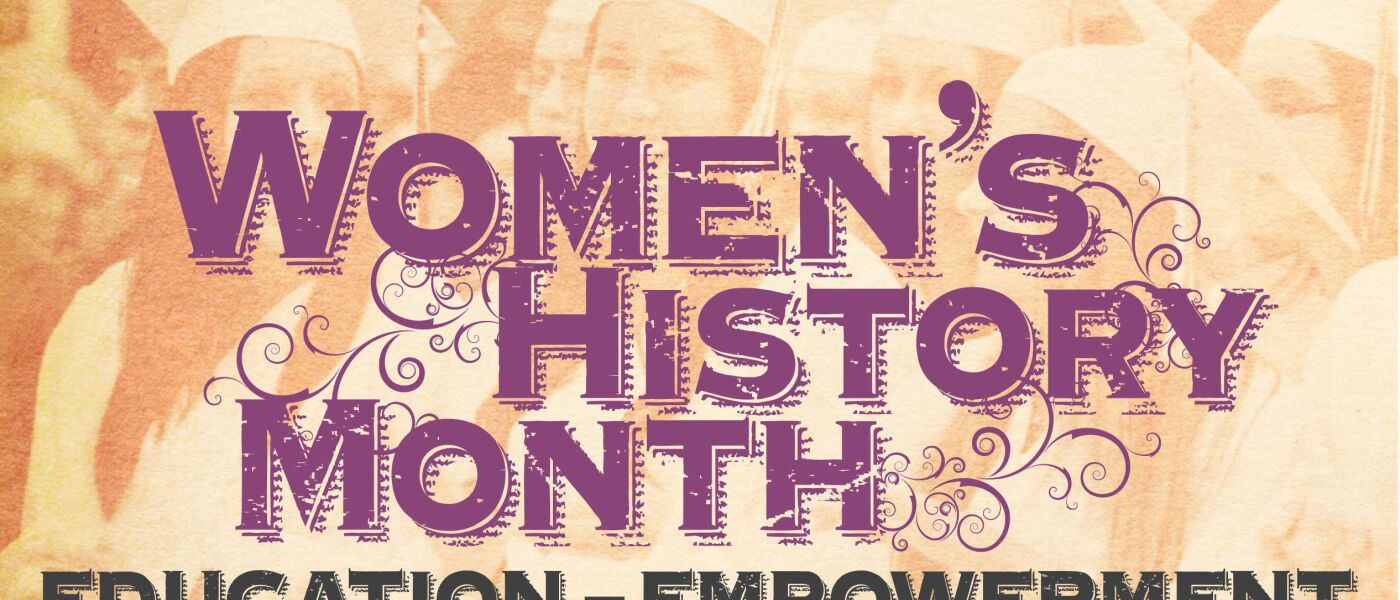Women's History Month Highlight: Interpretation Associate, Anita Miller
Anita in IExplore about to run our Story Time program.
There is a saying: “Everything old is new again.” That’s how we learn as little children, if we’re lucky – not one subject at a time in discrete time blocks, but by taking in all kinds of information that has accumulated over the ages and trying to make sense of it in our own, new way.
When I was young, I lived in rural upstate New York, spending nearly all day outside, observing the farm and wild animals, working in our vegetable garden (organic, of course!), and learning about the trees, plants, ponds, streams, and rocks. I spent time at the Finger Lakes searching for fossils, in clearings picking wild blackberries in the fall, in the spring picking up pieces of shells from newly hatched birds, and at night searching the Milky Way and the rest of the sky for constellations. If I was indoors, I was reading our ancient set of encyclopedias or any other print that I could get my hands on.
I helped construct an addition to our house, learned how to change tires and oil, and disassembled my alarm clock. It was a full-time study of the world around me. Without support, though, I would not have learned half of what I know. My parents and grandparents patiently (well, most of the time they were patient) answered questions and guided me on how to figure out more things on my own. When I began teaching preschool and elementary-age children, I used their examples to inform my own lessons and conversations with the kids. My own children endured many discussions about nutrition, botany, geology – you name it, they heard it. They even listened sometimes.
When I came to Liberty Science Center, I made it my goal to bring at least one piece of information to each child I work with. Few children get the opportunity to run around in the woods all day so LSC functions as a way to observe, experiment, predict – to learn how to learn. I want to help children to make sense of their world, to connect things they already know, to show them something that hadn’t occurred to them before, and especially to figure out how to solve problems they encounter. So in the Our Hudson Home lab, besides teaching about the estuary, I try to make sure everyone leaves knowing that the Hudson River, visible right outside our windows, separates Jersey City from Manhattan, and flows into the Atlantic Ocean (no, not the Pacific). In the Infection Connection lab, I talk about what the “anti” in antibodies means, what plasma is, and how the huge responsibility of lab technicians impacts children’s lives. I love meeting children, parents, and teachers who want to engage with the exhibits and share their enthusiasm with others, who say, “Wow, I never thought about that before” or “I want to study this in college.”
My favorite question is “How does it work?” That’s how children begin to get inside a concept, a device, a system, and figure out how things happen and why. Maybe they can even figure out how to make something better.
Women’s History Month blog by Anita Miller. Anita is an Interpretation Associate at Liberty Science Center.

